Broadband coaxial networks have the power to transform connectivity and revolutionize digital infrastructure in smart cities. These networks offer a robust and reliable solution for seamless connectivity in urban environments, supporting a wide range of applications and services.
With the extensive last mile infrastructure built by cable operators, broadband coaxial networks provide a seamless and efficient connectivity solution. These networks utilize coaxial cables for rapid deployment, making them ideal for urban and industrial areas. The power supply is reliable, with uninterrupted power and energy storage, ensuring uninterrupted network operation.
Connecting devices to the network is simple, thanks to current DOCSIS 3.1 modems that deliver high-speed, low-latency performance. This enables efficient data transmission, supporting advanced applications and services.
By leveraging broadband coaxial networks, cities can benefit from enhanced connectivity, paving the way for smarter and more sustainable communities. These networks serve as the backbone of future-proof digital infrastructure, offering scalable solutions to meet the growing demands of smart cities.
Last Mile Infrastructure for Broadband Coaxial Networks
Cable operators have created an extensive last mile infrastructure using both fiber optic and coaxial cables, with each serving a specific purpose in the network. While fiber optic cables are primarily used for long-distance communication, coaxial cables play a crucial role in providing the last mile connectivity in established areas. This combination of fiber optic and coaxial cables enables cable operators to deliver reliable and high-speed broadband services to urban and industrial areas.
Fiber Optic Cables:
Fiber optic cables are capable of transmitting data over long distances at incredibly high speeds, making them ideal for connecting different regions and cities. These cables use pulses of light to carry information, providing a faster and more efficient means of data transmission compared to traditional copper cables. Fiber optic cables offer superior bandwidth capacity, ensuring the seamless transfer of massive amounts of data over long distances.
Coaxial Cables:
Coaxial cables, on the other hand, are primarily utilized for the last mile connectivity in established areas. These cables consist of an inner conductor, an insulating layer, and an outer conductor, providing excellent shielding against interference. Coaxial cables offer a reliable and cost-effective solution for connecting devices in urban and industrial areas, allowing cable operators to extend their network reach closer to end-users.
When it comes to deploying broadband services, cable operators leverage their existing infrastructure and franchise agreements with local governments and communities. This allows them to install equipment and establish network connections without incurring additional costs or delays in obtaining permissions. The extensive last mile infrastructure built by cable operators ensures efficient and widespread broadband coverage, enabling customers to experience high-speed internet access regardless of their location.
“The combination of fiber optic and coaxial cables in last mile infrastructure allows cable operators to provide reliable and high-speed broadband services to urban and industrial areas.”
The illustration below showcases the role of fiber optic and coaxial cables in the last mile infrastructure of broadband coaxial networks:
| Fiber Optic Cables | Coaxial Cables |
|---|---|
| Transmit data over long distances | Provide last mile connectivity in established areas |
| High-speed transmission with superior bandwidth capacity | Reliable and cost-effective solution for urban and industrial areas |
| Utilized for regional and inter-city connectivity | Enable efficient network reach to end-users |
By leveraging their last mile infrastructure, cable operators can deliver high-speed broadband services to residential, commercial, and industrial customers. The combination of fiber optic and coaxial cables ensures reliable connectivity and enables seamless access to the digital world. In the next section, we will explore the power supply and backup solutions that support the uninterrupted operation of broadband coaxial networks.
Power Supply and Backup for Broadband Coaxial Networks
The availability of a reliable power supply is crucial for the seamless operation of outdoor deployments in broadband coaxial networks. Cable broadband’s coaxial cables are designed to be energized with clean power, ensuring uninterrupted network connectivity even during utility power outages. These cables also incorporate energy storage in the form of batteries, providing backup power for several hours.
This backup power feature is essential for maintaining network operation in the event of power disruptions. By eliminating the dependence on utility connections, broadband coaxial networks become more resilient and efficient, reducing downtime and ensuring uninterrupted service for users.
Moreover, the provision of clean power protects sensitive electronic equipment from power impairments and outages, minimizing the risk of damage or data loss. The combination of clean power and backup capabilities safeguards the integrity and reliability of network infrastructure.
To ensure continuous power supply, uninterruptible power supplies (UPS) are strategically located throughout the network. These UPS devices offer additional protection against power fluctuations and provide a stable power source for critical equipment. They play a vital role in maintaining network availability and safeguarding the quality of service.
In summary, the power supply and backup mechanisms implemented in broadband coaxial networks contribute significantly to their reliability and resilience. The use of clean power and uninterruptible power supplies ensures uninterrupted network operation and protects valuable equipment. This robust power infrastructure supports the seamless distribution of high-speed internet through the coaxial cables, enabling reliable connectivity for various applications and services.
| Key Benefits | Features |
|---|---|
| Uninterrupted network connectivity | Coaxial cables energized with clean power |
| Backup power during utility outages | Hours of energy storage in batteries |
| Protection against power impairments and outages | Reliable power supply for sensitive equipment |
| Reduced downtime and improved network reliability | Elimination of dependence on utility connections |
| Strategically placed uninterruptible power supplies | Additional protection and stable power source |
Backhaul Solutions for Broadband Coaxial Networks
Backhaul plays a crucial role in ensuring robust network connectivity for broadband coaxial networks. By utilizing standard protocols such as DOCSIS 3.1, cable operators can deliver reliable and managed services with enhanced security protocols and redundancy.
Connecting devices to the network is a seamless process, simply requiring plugging into the coax cable using an outdoor cable modem. With the advancements in DOCSIS 3.1 modems, low-latency performance and gigabit speeds are achievable, enabling efficient and high-speed data transmission.
DOCSIS 3.1 modems provide symmetrical multi-gigabit performance, catering to the demands of modern applications and services. Their advanced capabilities make them an ideal choice for network backhaul, supporting the seamless flow of data across the broadband coaxial network.
To illustrate the benefits of backhaul solutions, consider the following:
Enhanced Network Performance: DOCSIS 3.1 modems enable low-latency performance and gigabit speeds, supporting efficient data transmission and ensuring a seamless user experience.
Reliable and Managed Services: Standard protocols offer layer 2 security protocols and redundancy, providing a secure and reliable network infrastructure.
Effortless Device Connectivity: Connecting devices to the network is as simple as plugging into the coax cable using an outdoor cable modem, making the onboarding process seamless and hassle-free.
With these backhaul solutions, broadband coaxial networks are poised to deliver high-performance connectivity to support advanced applications and services.

Maintenance and Management of Broadband Coaxial Networks
Cable operators invest billions annually in building and maintaining network infrastructure, ensuring the reliability of broadband coaxial networks. This commitment to maintenance guarantees network stability and uninterrupted connectivity for users. To achieve this, cable operators employ trained installation and service teams equipped with the necessary tools and expertise to handle network upkeep efficiently.
Additionally, the streamlined nature of broadband coaxial networks allows for straightforward maintenance and management processes. Cable operators can easily incorporate additional components, such as Wi-Fi access points or edge compute systems, without the need for extensive training or allocation of resources. This flexibility ensures that network expansion and upgrades can be seamlessly integrated, supporting the evolving needs of users.
“The maintenance and management of broadband coaxial networks play a crucial role in ensuring network reliability and performance. With dedicated teams and streamlined processes, cable operators can effectively maintain and expand network infrastructure, providing users with reliable and uninterrupted connectivity.”
The commitment to network maintenance and management is vital for promoting network reliability and availability. By investing in the necessary resources and expertise, cable operators can guarantee that broadband coaxial networks continue to deliver optimal performance and keep pace with the increasing demands of the digital age.
Key Highlights
- Cable operators invest billions annually in maintaining broadband coaxial network infrastructure.
- Trained installation and service teams ensure network reliability and functionality.
- Addition of components like Wi-Fi access points or edge compute systems is a straightforward process.
- Streamlined maintenance and management processes support network expansion and upgrades.
Broadband Coaxial Networks in Australia
In Australia, hybrid fiber coaxial (HFC) networks are operated by traditional telecommunications providers such as Telstra and Optus. These networks pass millions of homes and provide cable television and internet services with high downlink speeds.
However, HFC networks in Australia have been underutilized due to a lack of infrastructure competition. With the recognition of the HFC networks as part of the National Broadband Network (NBN), there is now an opportunity to leverage these networks for sustainable and competitive broadband infrastructure.

Benefits of HFC Networks in Australia
HFC networks in Australia, operated by Telstra and Optus, offer several advantages for high-speed broadband:
- Existing Infrastructure: HFC networks have already been deployed and pass millions of homes across the country, providing a ready-made foundation for broadband connectivity.
- High Downlink Speeds: HFC networks offer fast internet speeds, allowing users to enjoy seamless streaming, gaming, and browsing experiences.
- Reliable Service Providers: Telstra and Optus are well-established network operators with a track record of delivering reliable and high-quality services to customers.
- Potential for Expansion: The underutilized nature of HFC networks presents an opportunity for network operators to expand their services and reach a broader customer base.
By tapping into the capabilities of HFC networks, Telstra, Optus, and other network operators can transform this underutilized resource into a valuable and competitive broadband infrastructure, catering to the growing demand for high-speed internet in Australia.
One way to further strengthen the value proposition of HFC networks is by partnering with other technology providers and leveraging innovative solutions. For example, partnerships with equipment manufacturers, software developers, and cloud service providers can enhance the capabilities and offerings of HFC networks.
Maximizing the Potential
To fully maximize the potential of HFC networks in Australia, network operators should focus on:
- Infrastructure Investment: Continually investing in the expansion and enhancement of HFC networks to reach more homes and businesses.
- Service Innovation: Introducing new services and packages that leverage the speed and reliability of HFC networks to cater to the evolving needs of customers.
- Network Optimization: Regularly optimizing and upgrading network equipment to ensure optimal performance and minimize downtime.
- Collaborative Partnerships: Collaborating with technology providers, local governments, and other stakeholders to drive innovation and create a vibrant broadband ecosystem.
By implementing these strategies, Telstra, Optus, and other network operators can transform HFC networks into a valuable and competitive resource, providing high-speed broadband connectivity to homes and businesses across Australia.
| Benefits of HFC Networks in Australia |
|---|
| Existing Infrastructure |
| High Downlink Speeds |
| Reliable Service Providers |
| Potential for Expansion |
Evolution and Upgrades of Broadband Coaxial Networks
The broadband coaxial networks have continuously evolved to meet the growing demands of customers. One significant development in these networks is the Data Over Cable Service Interface Specification (DOCSIS) standard, which enables the transmission of internet protocol communications over existing cable television (CATV) systems.
The DOCSIS standard has undergone several revisions to enhance performance and support higher transmission speeds. The latest version, DOCSIS 3.1, offers impressive downstream speeds of at least 10 Gb/s and upstream speeds of 1 Gb/s. This significant advancement allows cable operators to provide their customers with faster and more reliable internet connections.
One of the key improvements in DOCSIS 3.1 is the use of smaller subcarriers and orthogonal frequency division multiplexing (OFDM). This technology enhances the efficiency of data transmission, enabling higher bandwidth and capacity utilization. By utilizing smaller subcarriers, DOCSIS 3.1 achieves better spectral efficiency, allowing for increased data transfer rates.
Additionally, channel bonding is a feature supported by DOCSIS that allows multiple downstream and upstream channels to be combined, resulting in even higher data transmission speeds. This technique greatly enhances the capabilities of broadband coaxial networks, providing customers with seamless streaming, fast downloads, and lag-free online gaming experiences.
European cable TV (CATV) systems have implemented DOCSIS standards to improve network performance and cater to the ever-increasing data demands of customers. European CATV systems have embraced these upgrades to offer high-speed broadband connections.
Here is a table that highlights the DOCSIS revisions and the evolution of broadband coaxial networks:
| DOCSIS Standard | Key Features | Benefits |
|---|---|---|
| DOCSIS 1.0 | – Downstream speeds up to 40 Mbps – Upstream speeds up to 10 Mbps |
– Basic internet connectivity for residential users |
| DOCSIS 2.0 | – Downstream speeds up to 40 Mbps – Upstream speeds up to 30 Mbps |
– Enhanced speeds for residential and small business users |
| DOCSIS 3.0 | – Downstream speeds up to 1 Gbps – Upstream speeds up to 100 Mbps – Channel bonding |
– High-speed internet access for bandwidth-intensive applications |
| DOCSIS 3.1 | – Downstream speeds at least 10 Gbps – Upstream speeds at least 1 Gbps – Smaller subcarriers and OFDM |
– Ultra-fast internet connections with improved efficiency |
As technology continues to advance, the DOCSIS standard is expected to undergo further revisions, enabling even faster and more reliable broadband services. These developments in coaxial networks make them a valuable and future-proof infrastructure for meeting the connectivity needs of businesses and residential users alike.
Conclusion
Broadband coaxial networks provide a future-proof and scalable infrastructure for superior connectivity and data transmission solutions. With their extensive last mile infrastructure, reliable power supply, and high-speed backhaul capabilities, these networks are well-equipped to support a wide range of applications in smart cities.
The evolution of the DOCSIS standard and the incorporation of advanced technologies, such as RF over Glass (RFoG), have further enhanced the capabilities of broadband coaxial networks. These advancements ensure that cable operators can provide cost-effective and efficient connectivity solutions for the digital age.
By leveraging broadband coaxial networks, cities and communities can establish a robust digital infrastructure that can adapt and scale as technological needs evolve. This future-proof infrastructure enables seamless connectivity, facilitating the development of smart cities and supporting the growing demands of a digitized society.
FAQ
What are broadband coaxial networks?
Broadband coaxial networks are advanced connectivity systems that have the potential to revolutionize digital infrastructure in smart cities. These networks use coaxial cables to provide high-speed, low-latency performance for a wide range of applications.
How does last mile infrastructure work in broadband coaxial networks?
Last mile infrastructure in broadband coaxial networks is achieved through the use of fiber optic and coaxial cables. While fiber optics are commonly used for long-distance communication, coaxial cables are ideal for connecting devices in urban and industrial areas, providing a reliable and cost-effective solution.
What is the power supply and backup system for broadband coaxial networks?
Broadband coaxial networks are energized with clean power and have hours of energy storage in the form of batteries. This ensures uninterrupted network operation during utility power outages, eliminating the need for utility connections and protecting sensitive electronic equipment.
How does backhaul work in broadband coaxial networks?
Backhaul in broadband coaxial networks is supported by standard protocols, such as DOCSIS 3.1, which ensure reliable and managed services. Connecting a device to the network is as simple as plugging into the coax cable using an outdoor cable modem, enabling low-latency gigabit speeds and efficient data transmission.
How are broadband coaxial networks maintained and managed?
Cable operators invest billions annually in building and maintaining network infrastructure, ensuring network reliability. They have trained installation and service teams equipped with the necessary tools and knowledge to maintain the network. Adding additional components is a straightforward process that requires minimal additional training or resources.
What is the status of broadband coaxial networks in Australia?
In Australia, broadband coaxial networks, known as HFC networks, are operated by traditional telecommunications providers like Telstra and Optus. These networks pass millions of homes and provide cable television and internet services. With their recognition as part of the National Broadband Network (NBN), there is an opportunity to leverage these networks for sustainable and competitive broadband infrastructure.
How have broadband coaxial networks evolved over time?
The DOCSIS standard, which allows the transmission of internet protocol communications over existing CATV systems, has undergone several revisions to enhance performance and support higher transmission speeds. The latest version, DOCSIS 3.1, has improved efficiency and supports speeds of at least 10 Gb/s downstream and 1 Gb/s upstream, meeting the growing demands of customers.
What are the advantages of broadband coaxial networks?
Broadband coaxial networks offer a future-proof and scalable infrastructure for superior connectivity and data transmission solutions. With their extensive last mile infrastructure, reliable power supply, high-speed backhaul capabilities, and advanced technologies, these networks can support a wide range of applications in smart cities.


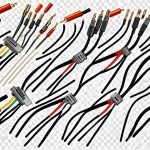

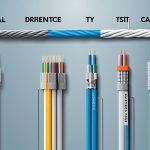
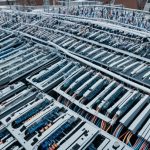


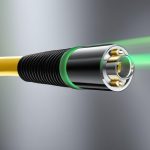


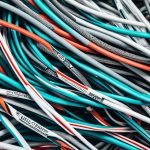


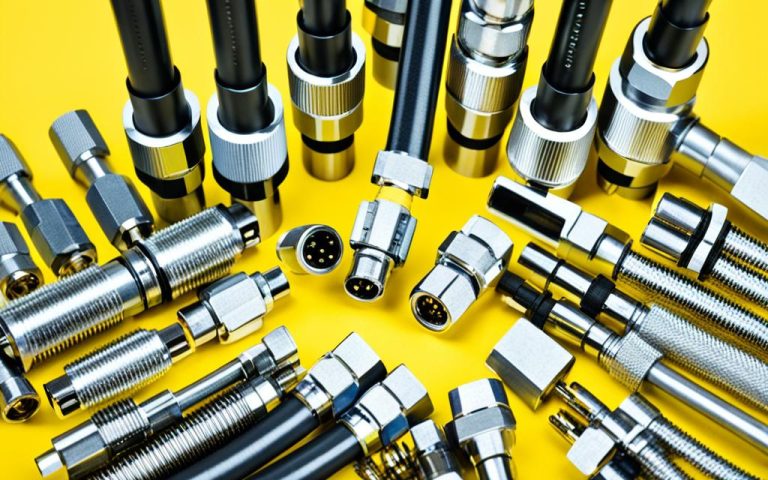
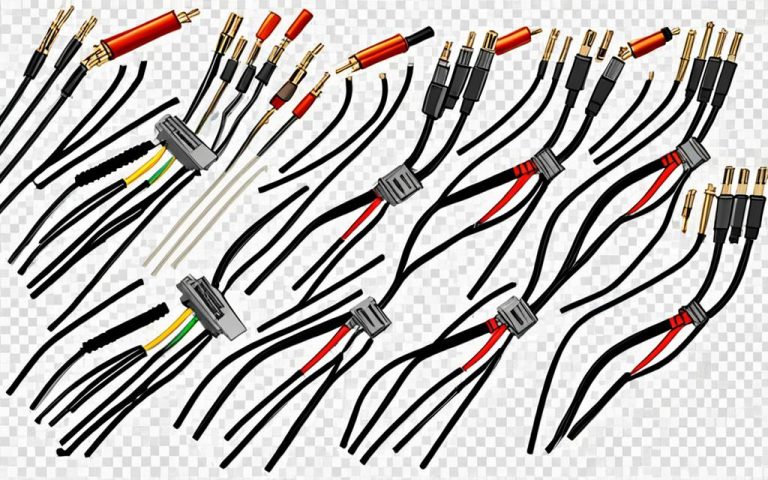
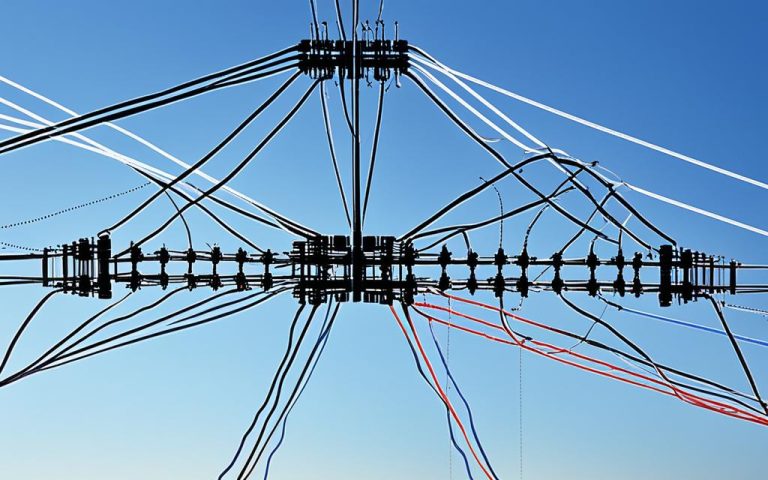
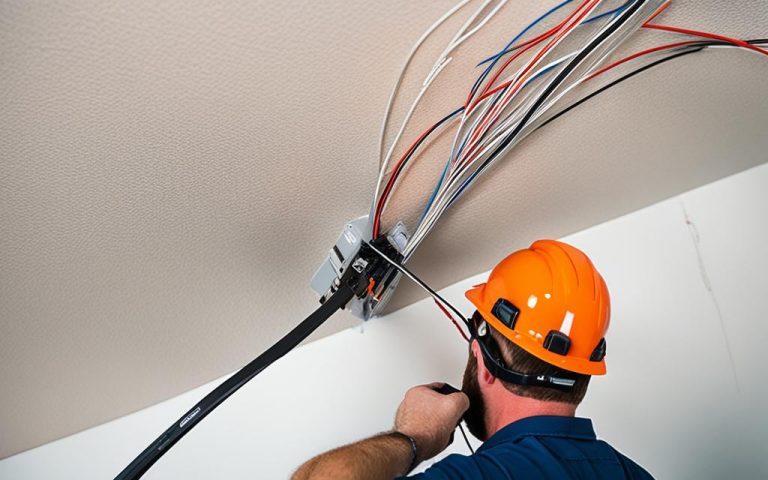
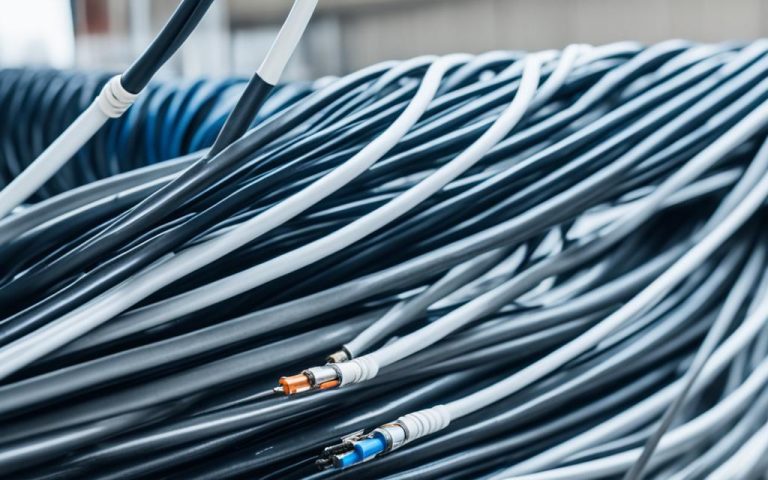

https://kwork.ru/user/live_for_seo здравствуйте, меня зовут Илья. Я являюсь seo специалистом и готов предложить Вам свои услуги по наращиванию трафика на сайт или ссылочной массы на сайты или аккаунты социальных сетей.
Обращайтесь, буду рад сотрудничеству.
Для вопросов по телеграм https://t.me/ilya_polin62